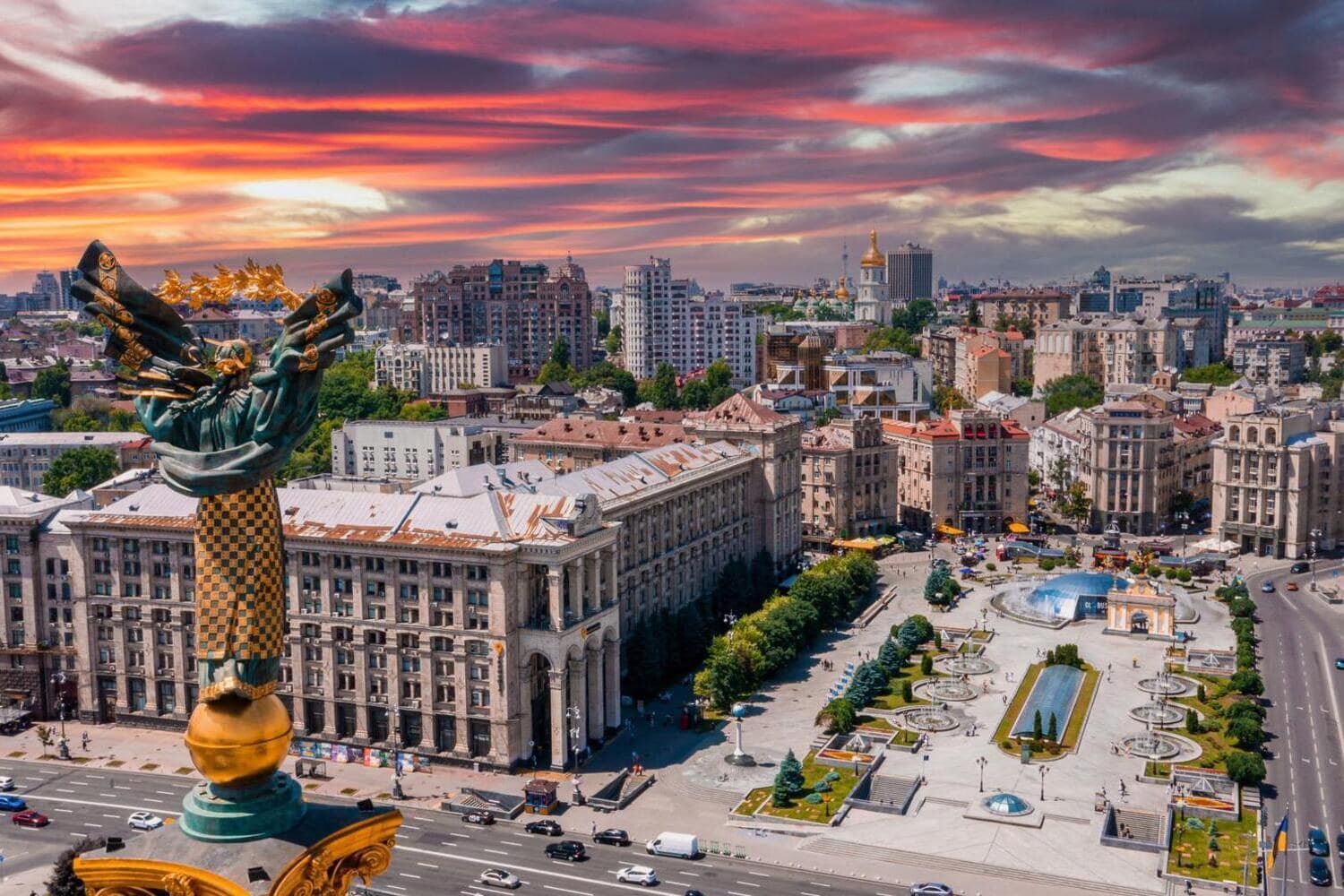Kyiv is one of the oldest cities in Europe and serves as the capital, cultural heart, and spiritual center of Ukraine. Located on the banks of the Dnipro River, the city combines ancient traditions with modern infrastructure, sacred landmarks with dynamic urban life. Surrounded by green hills, Kyiv carries a deep historical legacy, filled with legends and pivotal moments. These interesting facts about Kyiv will help you see the city from a fresh and fascinating perspective. Here are some remarkable details you might not know.
- Kyiv is one of the oldest cities in Eastern Europe, with its origins dating back over 1,500 years. The earliest written mention of the city is from the year 482. According to legend, it was founded by three brothers—Kyi, Shchek, and Khoryv—and their sister Lybid.
- One of Kyiv’s most ancient Christian sites is the Kyiv Pechersk Lavra. Founded in 1051, it remains one of the holiest religious sites in Ukraine. Its underground caves house the relics of saints and monks.
- The Arsenalna metro station in Kyiv is one of the deepest metro stations in the world. It reaches a depth of about 105 meters. This is due to the city’s uneven topography and its proximity to the Dnipro River.
- One of the city’s most iconic landmarks is the Motherland Monument. Including its sword, the statue stands 102 meters tall. It can be seen from many parts of the city and even from the outskirts.
- Kyiv is home to the largest botanical garden in Ukraine—the Hryshko National Botanical Garden. It spans over 130 hectares and contains tens of thousands of plant species. The lilac collection is especially popular in springtime.
- In the Middle Ages, Kyiv was the capital of the powerful state of Kyivan Rus. In the 11th century, it surpassed cities like London and Paris in size and population. This is supported by both archaeological evidence and written chronicles.
- The Dnipro River, one of Europe’s longest, flows through Kyiv. It stretches more than 2,200 kilometers. The city is connected by several bridges, with the Southern Bridge standing out due to its size and structure.
- Kyiv was the birthplace or residence of many influential figures. Among them are writer Mikhail Bulgakov, film director Oleksandr Dovzhenko, football coach Valeriy Lobanovskyi, and poet Lina Kostenko. Their contributions shaped the cultural and intellectual fabric of the city.
- Andriivskyi Descent is one of Kyiv’s most picturesque and historic streets. It is lined with art galleries, museums, souvenir shops, and artists’ workshops. Often compared to Montmartre in Paris, it has a unique bohemian charm.
- Kyiv is one of the greenest capitals in Europe. The city has over 120 parks and squares, with the Holosiivskyi Forest being a rare natural woodland within city limits. Green spaces are an essential part of Kyiv’s identity.
- One of the oldest educational institutions in the region is the Kyiv-Mohyla Academy, founded in 1615. It played a major role in the development of science and education in Ukraine. Today, it is a prominent international university.
- Kyiv suffered significant destruction during World War II. In 1941, its central street—Khreshchatyk—was completely demolished by explosions. However, it was rapidly rebuilt in the postwar period.
- The Museum of Miniatures by Mykola Syadristy is one of the most unique in the world. Its exhibits can only be viewed through microscopes. Among them are a horseshoe on a flea and a ship inside a poppy seed.
- The city is famous for its chestnut trees, which have become an unofficial symbol of Kyiv. These trees were planted as far back as the 19th century. Their blooming in springtime creates a truly magical atmosphere.
- One of Kyiv’s most unusual buildings is the House with Chimaeras. Designed by architect Vladyslav Horodetsky, it features fantastical animal sculptures. Today, it serves as a presidential reception house.
- The largest Orthodox cathedral in the city is the Resurrection Cathedral of the Ukrainian Greek Catholic Church. Its modern design blends contemporary architecture with spiritual grandeur. It stands as a testament to religious diversity.
- Kyiv’s public transportation system is among the most developed in Ukraine. It includes metro, trams, trolleybuses, buses, and a city rail line. The first metro line opened in 1960 and still operates today.
- Kyiv has sister-city relationships with numerous major cities around the world. These include Kyoto, Paris, Beijing, Chicago, and Tbilisi. Such partnerships foster cultural and economic exchange.
These interesting facts highlight Kyiv as a city rich in history, vibrant culture, and architectural wonders. It blends the ancient and the modern in a way that few places can. Kyiv is a place that invites exploration, reflection, and admiration.





